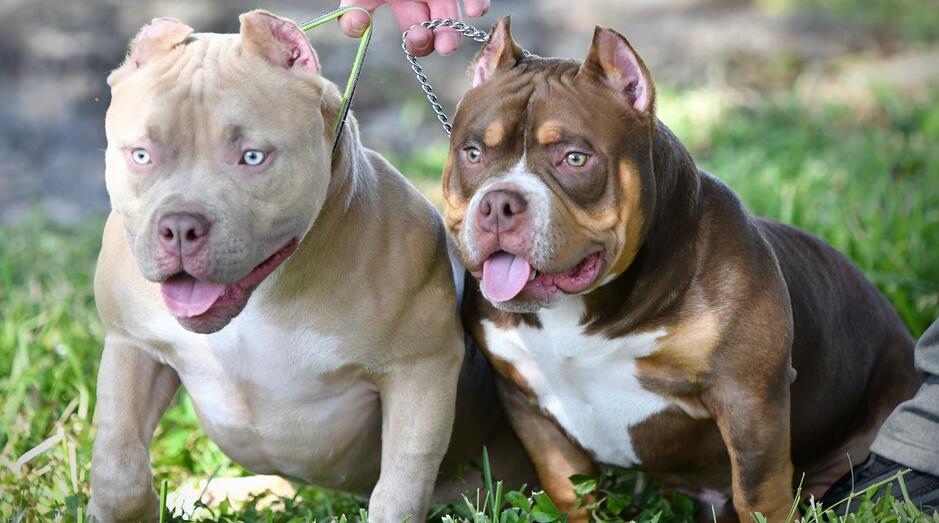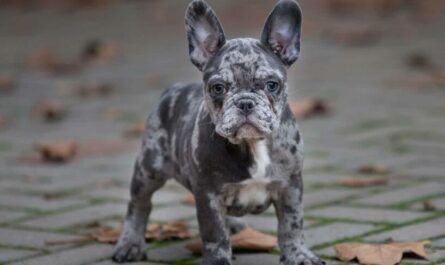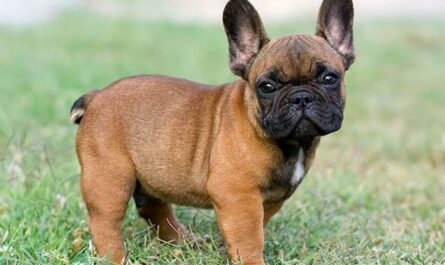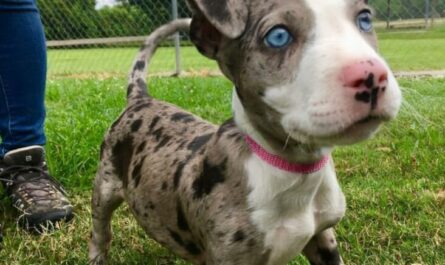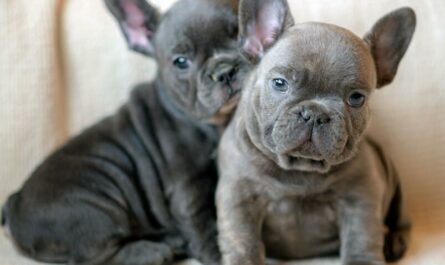In the vast universe of canine breeds, each breed offers its unique charm and personality traits that make them endearing to dog enthusiasts. Among the myriad breeds, there is one that frequently captures the spotlight due to its distinct and captivating aesthetics – the Tri Color Bully. Known for its characteristic tri-colored coat, the Tri Color Bully has become a favorite among dog enthusiasts across the globe. This comprehensive guide delves deep into the world of the Tri Color Bully, offering a detailed overview of their characteristics, temperament, care needs, and more.
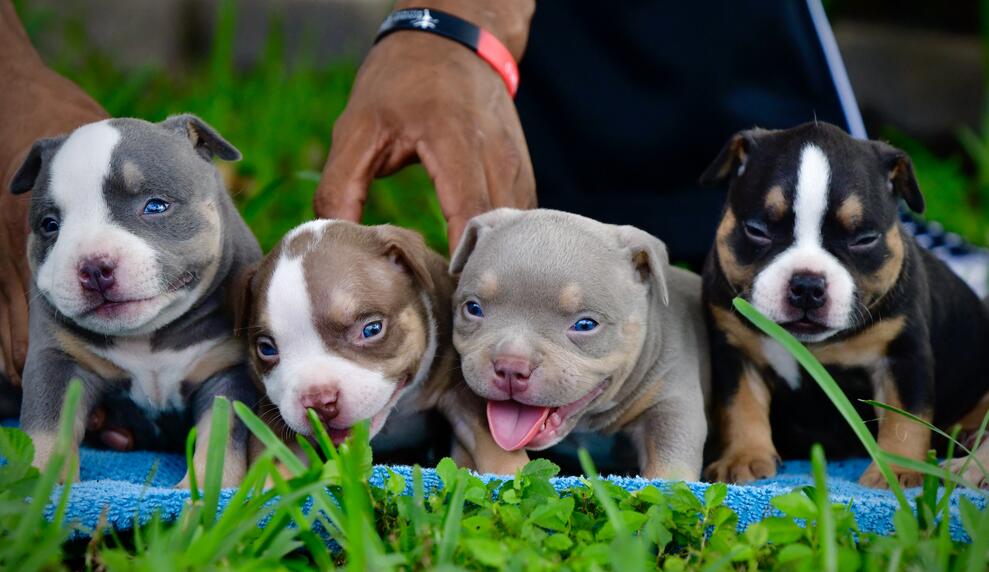
Understanding the Tri Color Bully Breed
Characteristics and Appearance
The Tri Color Bully boasts a robust and muscular body structure that is impossible to ignore. This body structure, characterized by a broad chest and well-defined muscles, gives the breed an imposing yet attractive look. However, it’s not just their muscular build that sets them apart; it’s their distinctive coat that truly sets them apart.
A Tri Color Bully has a coat that showcases three distinct colors. These colors often adorn their bodies in large patches or spots, creating a unique pattern that makes each Tri Color Bully uniquely beautiful. While the colors can range from combinations of black, white, and tan to various shades of brown, each Tri Color Bully carries its coat with a certain aura of pride.
When it comes to size, the breed typically weighs between 70 to 120 pounds, with males usually being larger than females. Their solidly built body and compact size make them appear larger than they actually are, adding to their overall charm.
Breed History and Origins
The journey of the Tri Color Bully breed began with the American Pit Bull Terriers and the American Staffordshire Terriers. These breeds are the ancestors of the Tri Color Bully, contributing to their physical characteristics and temperament. The breed was developed in the late 1980s and early 1990s in the United States, with the aim of creating a family-friendly breed that would possess the physical characteristics of ‘bully’ breeds but have a temperament suitable for family life.
It was in 2004 that the Tri Color Bully was recognized by the American Bully Kennel Club (ABKC). Since then, its popularity has continually risen, and the breed has found a place in the hearts of dog lovers worldwide. Today, the breed is known not just for its physical attributes but also for its kind and loving nature.
General Temperament
Contrary to what their muscular build and imposing appearance might suggest, Tri Color Bullies are known for their friendly and sociable demeanor. They are often described as ‘gentle giants’ who love to be around people and are always eager to please their owners.
One of the most endearing aspects of the Tri Color Bully is their interaction with children. They generally get along well with children, often becoming their protective companions. They are also known to coexist peacefully with other pets, especially when properly socialized from a young age.
In terms of trainability, the breed scores high marks. They are intelligent dogs who are quick to pick up commands and tricks. Their eagerness to please their owners makes them easy to train, and they respond well to positive reinforcement techniques.
Common Personality Traits
At the heart of every Tri Color Bully lies an affectionate and loyal soul. They form strong bonds with their families and are known to show a protective instinct towards their loved ones. This protective instinct, combined with their intelligence, makes them excellent watchdogs and companions.
Despite their robust and energetic appearance, the breed has a moderate to low energy level. This doesn’t mean they don’t enjoy a good play session or a long walk. Regular exercise is necessary for maintaining their health and happiness, but they are not as demanding as some of the other high-energy breeds.
Diet and Nutrition
When it comes to taking care of a Tri Color Bully, diet plays a crucial role. A well-balanced diet is essential for their overall health and well-being. They require high-quality dog food that is rich in protein and low in fillers. The breed often thrives on a diet that includes a good mix of lean meats, fruits, vegetables, and whole grains.
Special dietary considerations may be needed for some Tri Color Bullies, especially those with specific health issues or allergies. For instance, some dogs may require a grain-free diet or a diet low in certain proteins. Always consult with a vet before making significant changes to your pet’s diet to ensure they receive the necessary nutrients without causing any harm.
Exercise and Physical Activity
While the Tri Color Bully might not be the most high-energy breed out there, they do require regular exercise to maintain their muscle mass and overall health. A daily routineof walks, play sessions, and mental stimulation activities, such as puzzle toys or agility training, can keep a Tri Color Bully happy and healthy.
Bear in mind that while they need physical activity, they also love their downtime. After a day of activity, a Tri Color Bully will happily cuddle up with their owners for some rest and relaxation. This balance of activity and relaxation is one of the aspects that makes the breed suitable for families of various lifestyles.
Grooming and Coat Care
Maintaining the beautiful coat of a Tri Color Bully is fairly straightforward. Their coat is short and doesn’t require professional grooming. Nonetheless, regular brushing can help reduce shedding and keep the coat healthy and shiny. A soft brush can be used to remove loose hair and distribute the natural oils on their skin.
Bathing a Tri Color Bully should be done as necessary – typically, once a month is sufficient. Overbathing could strip their skin of its natural oils and lead to dryness and irritation. Using dog-specific shampoos that are gentle on the skin is recommended. Regular checks and cleaning of their ears, teeth, and nails are also part of a proper grooming routine.
Health and Common Concerns
Like all breeds, the Tri Color Bully is prone to certain genetic health issues. These can include hip dysplasia, a condition that affects the joint of the hip; skin allergies, which could lead to skin irritation and hair loss; and heart conditions, which could affect their overall health and lifespan.
Regular check-ups with a vet are essential to ensure early detection and treatment of potential health issues. A healthy lifestyle, complete with a balanced diet and regular exercise, can also contribute to the overall health of a Tri Color Bully.
Basic Training Techniques
Training a Tri Color Bully requires consistency, patience, and positive reinforcement. They respond well to commands and are quick learners, making them relatively easy to train. Starting training sessions at a young age can be beneficial and can set the foundation for good behavior in the future.
Crate training can also be beneficial, particularly for puppies. It can aid in housebreaking and provide a safe and secure space for your pet. However, it’s important to ensure that the crate is used as a positive space and not as a form of punishment.
Socialization and Behavior Management
Early socialization is crucial for a Tri Color Bully. Exposure to a variety of environments, people, and other animals can help the breed develop a well-rounded temperament. Socialization can help prevent behavioral problems and ensure that your Tri Color Bully grows to be a confident and friendly adult dog.
Any signs of aggression or behavioral issues should be addressed immediately with the help of a professional trainer. While it’s rare for a Tri Color Bully to show aggression, it’s important to manage any potential issues swiftly and effectively to ensure the safety and wellbeing of your pet and those around them.
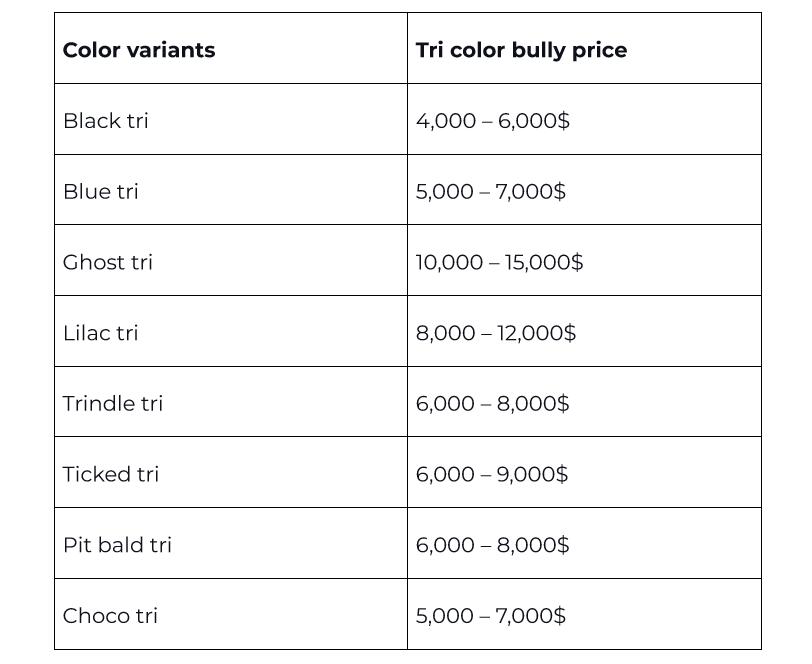
Role as Family Pets
The Tri Color Bully makes an excellent family pet. They are adaptable and can comfortably live in an apartment as long as they get their daily exercise. Their friendly nature, combined with their love for children, make them a great addition to any family.
Their loyalty and affectionate nature mean that they form strong bonds with their families. They enjoy spending time with their human companions, whether it’s playing in the park or cuddling up on the couch. Their sociable nature also means that they can get along well with other pets in the household, making them a great choice for multi-pet households.
Legal and Ethical Considerations
While Tri Color Bullies are generally accepted worldwide, some regions have breed-specific legislation due to misconceptions about ‘bully’ breeds. It’s important for potential owners to be aware of their local laws and regulations regarding the breed.
The ethical considerations of owning a Tri Color Bully, or any dog breed, include ensuring that they are sourced from responsible breeders who prioritize the health and wellbeing of their dogs. It’s also important to ensure that as an owner, you can provide a safe, loving, and stimulating environment for your pet, meeting all their needs from diet and exercise to socialization and healthcare.

